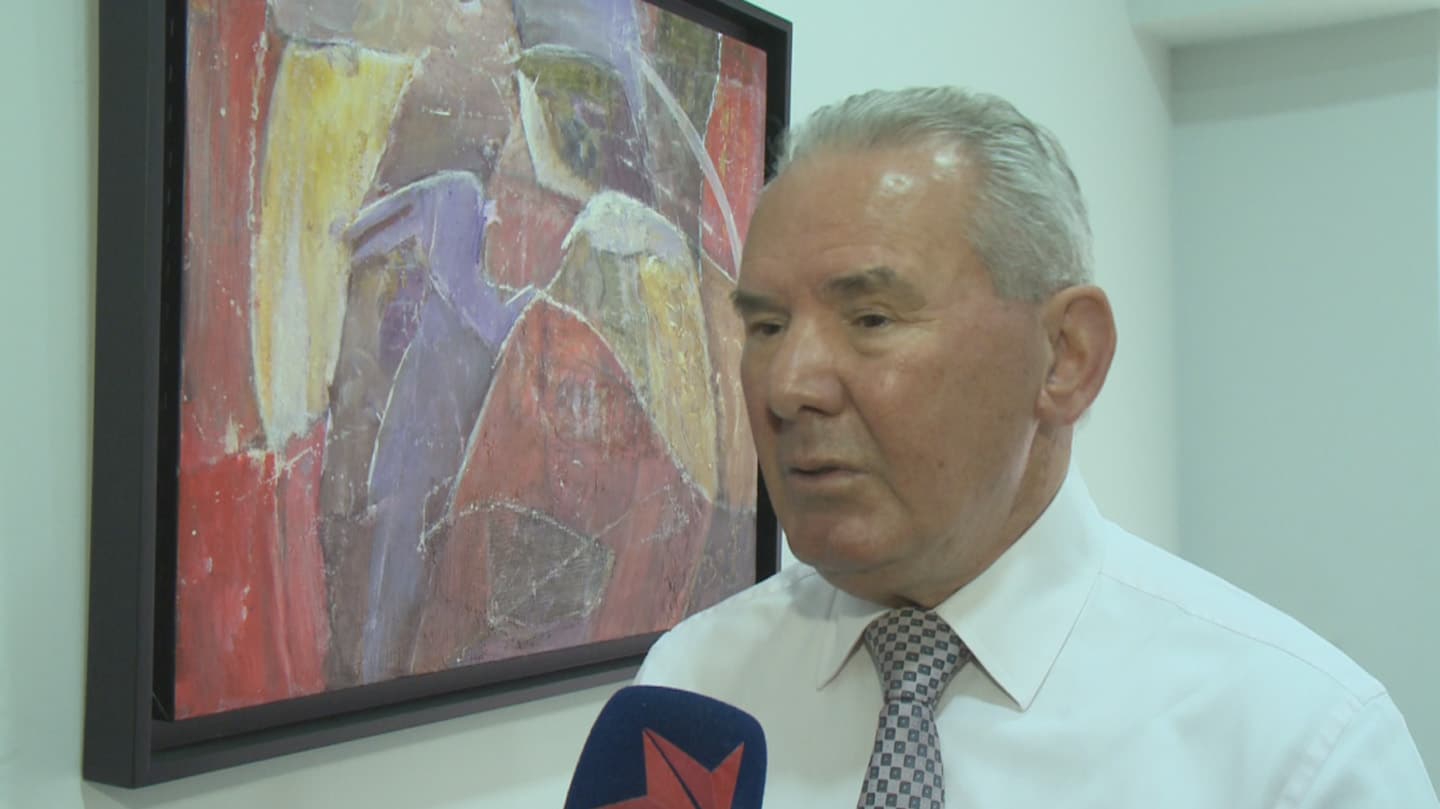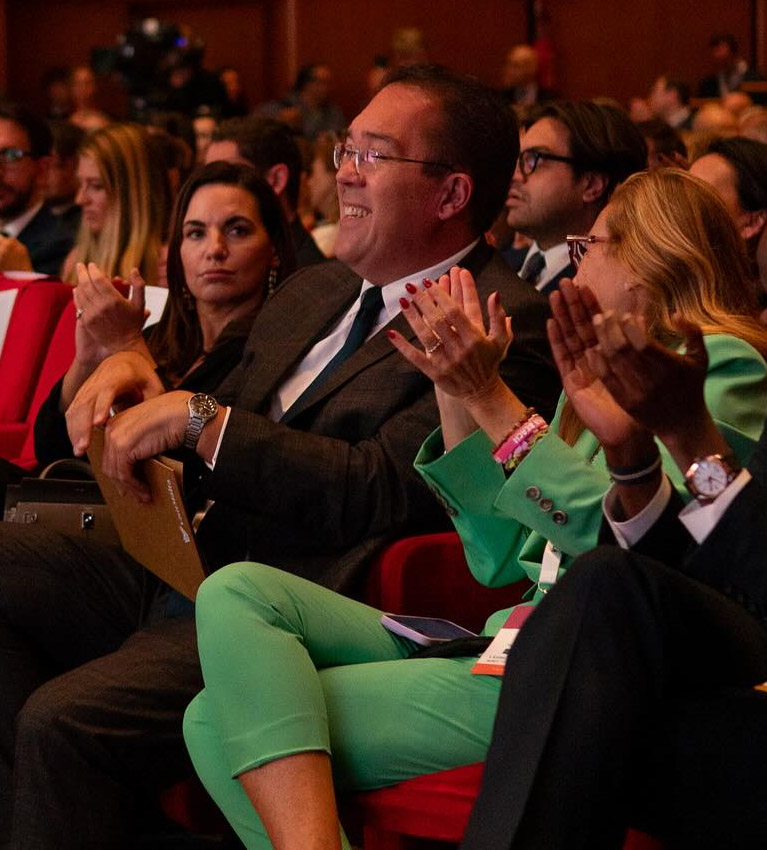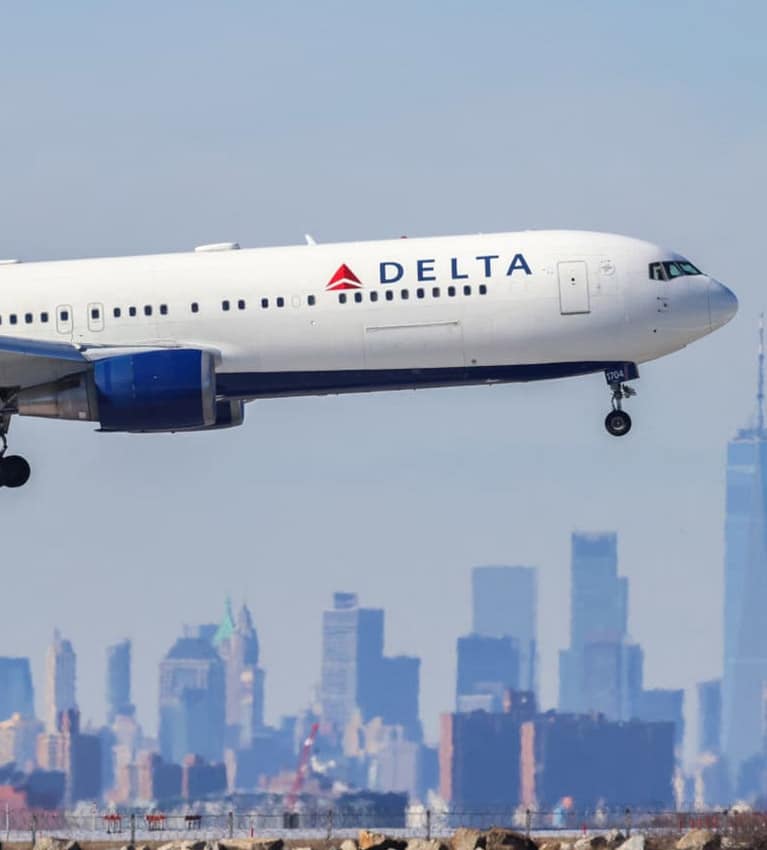
Malta Awarded Best MICE Destination in Italy
December 23, 2022
Here’s to an even better 2023…
December 23, 2022

Tony Zahra
President – MHRA
Added: 23 December 2022
What a difference 6 months can make! We started 2022 with COVID still raging all around us. And with the hospitality industry feeling the pressures of two years of the pandemic.
Indeed the industry had managed to survive by cutting overheads to the bone and servicing the domestic market which was swollen by the fact that the Maltese were not traveling abroad and Malta or Gozo breaks became popular. In addition the government subsidy of €800 per employee helped immensely with the cost of staff which can typically represent 30 to 45 per cent of the costs of hotels and restaurants.
The industry tiptoed into March, but towards the middle of March restrictions were lifted at an increasingly fast pace. In April It seemed that all of Europe wanted to get away at the same time and everyone in the travel industry from taxis to airlines to airports to hotels were now being asked to ramp up to full capacity within days. The result was that the industry which had shed a large percentage of its trained staff was finding it difficult to recruit staff to fill in the vacancies created by this enormous demand. And the result was that the lack of staff was felt everywhere. Malta being an island that depends practically 100 per cent on air travel was at a disadvantage given that airlines did not have the staff to operate to their maximum capacity and this was compounded by the fact that airports did not have the staff to handle this huge demand. Consequently the seat capacity to Malta for summer ‘22 was just over 80 percent of the peak arrivals of summer ‘19.
As summer makes way for winter ‘22-’23 the indications coming out of the airlines and other stakeholders is that the seat capacity for this coming period will be about 80 percent of the seat capacity of winter ‘18-’19 which was the peak winter arrivals against which we are benchmarking. This level of seat capacity is in line with what other resort destinations are experiencing although as always there are some which are doing better and some less well.
Consequently the tourism industry can expect similar results in terms of arrivals as compared to the summer. The other component that stakeholders need to factor in when comparing their performance with those peak years is any increases in bed capacity or in the case of other sectors of hospitality increases in similar services being offered by competitors which were not there in those peak years.
To help the tourism industry and government with decision making MHRA in 2021 commissioned Deloitte to conduct a Carrying Capacity report which was completed in July ‘22 and was publicly launched in September ‘22.
The carrying capacity report had, as a starting point, the number of beds that are presently operating in Malta and the applications submitted for new beds which have been approved or are in the course of being approved. Based on this research the Deloitte report concluded that Malta will need to attract 4.7 million tourists each spending an average of 7 nights in Malta oi reach 80 percent occupancy throughout the year. As Minister for Tourism Clayton Bartolo remarked the government is not expecting to attract 4.7 million tourists to Malta. The government has still to decide on the number it can sustainably aim to attract to Malta. Clearly at some point the government needs to take decisions which will outline the government’s vision for the next ten years.



